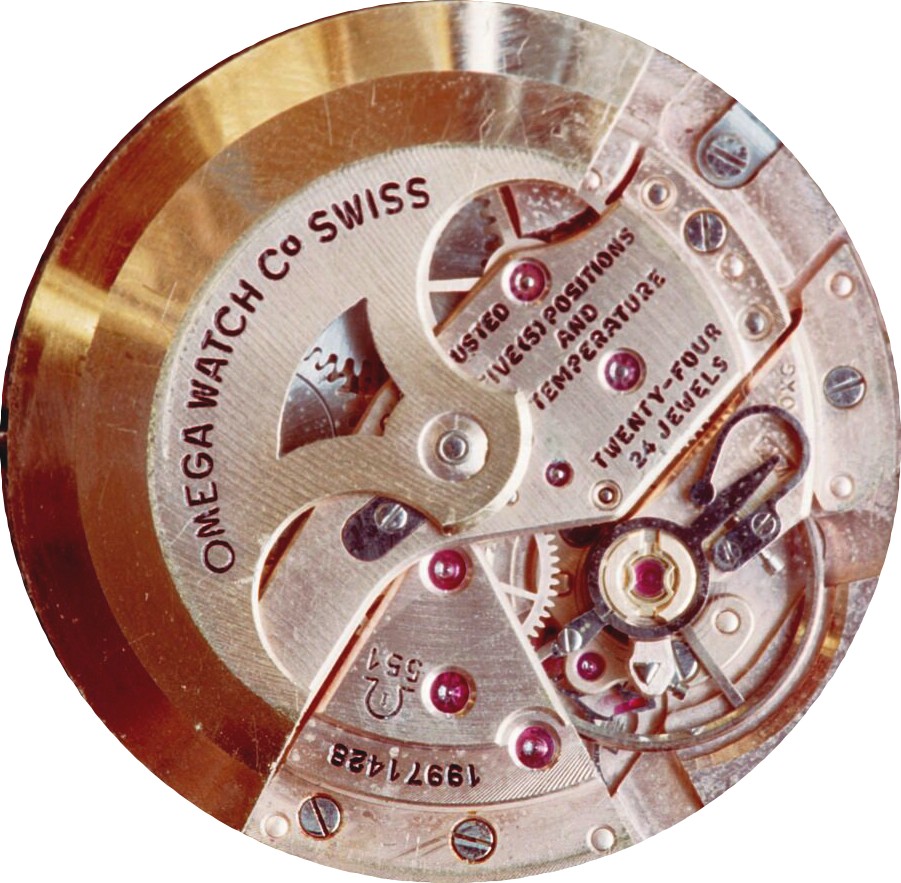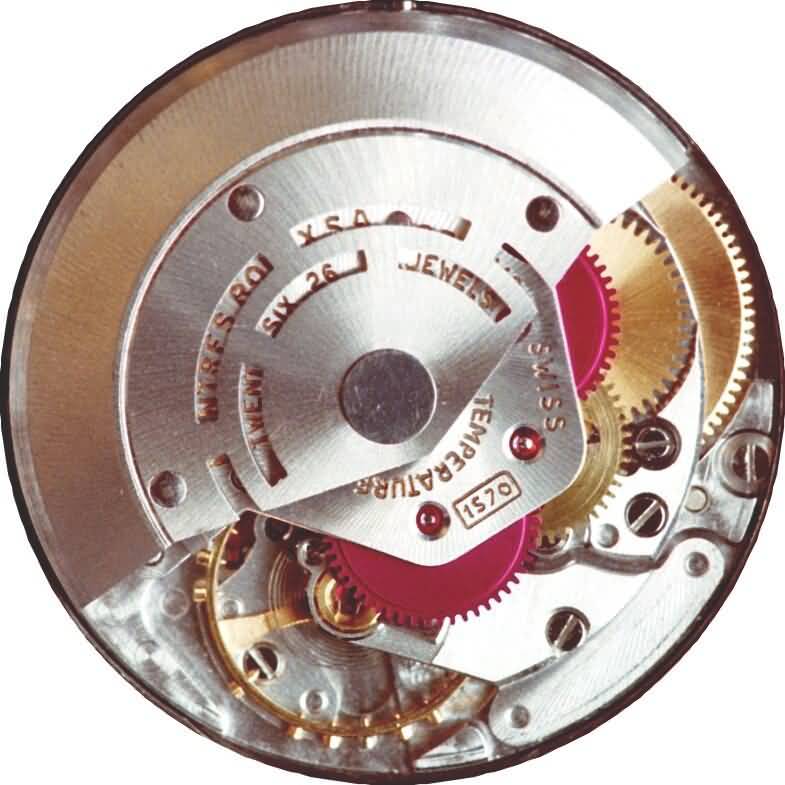
 |
ROLEXROLEXROLEXROLEXROLEXROLEX
 ROLEXROLEXROLEXROLEXROLEXROLEX
ROLEXROLEXROLEXROLEXROLEXROLEX
|
|
|
|
#1 |
|
"TRF" Member
Join Date: May 2007
Location: CT
Watch: Submariner Datum ß
Posts: 858
|
Thanks for posting.
I found this via the second link you posted: "Here is a fine Omega Constellation 551 certified chronometer (circa 1960):  Below is a Rolex 1570 certified chronometer (circa 1970), an exceptionally fine watch. There are several noteworthy differences between this Rolex and the Omega above. The "Rolex Oyster" case that houses the mechanism has a screw-down crown and its design overall offers superior protection to the mechanism, particularly against moisture. The Omega has a micrometric regulator, whereas the Rolex is free-sprung, which means that it has no regulator for adjusting the timekeeping. Adjustments are made to the timing screws on the balance wheel. While the free-sprung design is superior in theory, timekeeping is much more difficult to adjust in practice because the balance wheel must be taken out every time in order to avoid breaking a pivot, even when the "Microstellar" adjusting tool is used. The Omega does not have timing screws on the balance wheel. The Rolex has a Breguet Hairspring, which means that the outer coil has an overcoil, allowing the hairspring to expand and contract evenly in all directions. The Omega has a flat hairspring without overcoil. This Rolex cost much more than the Omega, and you can see the differences in the escapement. (Another difference is that the automatic winding rotor in the Rolex 1570 has jewelled bearings, whereas the one in the Omega 551 has a bronze bearing.)"  Source: http://www.abbeyclock.com/photos/watchesp.html
__________________

|
|
|

|
 |
| Currently Active Users Viewing This Thread: 1 (0 members and 1 guests) | |
| Thread Tools | |
| Display Modes | |
|
|
*Banners
Of The Month*
This space is provided to horological resources.